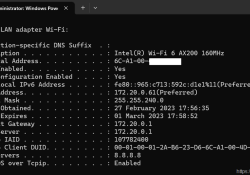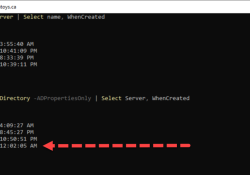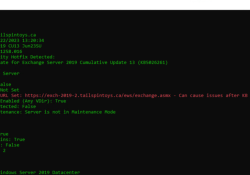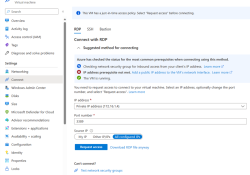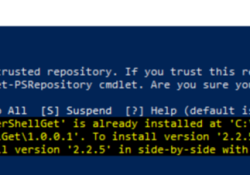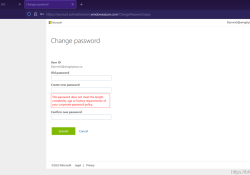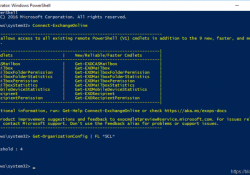Stale DNS Server Blocking Captive Portal Or Simply Inaccessible
It’s always DNS. That’s the typical mantra when troubleshooting AD issues.
But what about a fully updated Windows 10/11 machine totally ignoring the DNS server it was told to use via DHCP? Yes, that unfortunately was a recent problem. On the machine it appeared to have the public Google DNS server (8.8.8.8) stuck. Regardless of what network the machine connected to, it ignored the DNS server as… Read the rest “Stale DNS Server Blocking Captive Portal Or Simply Inaccessible”
